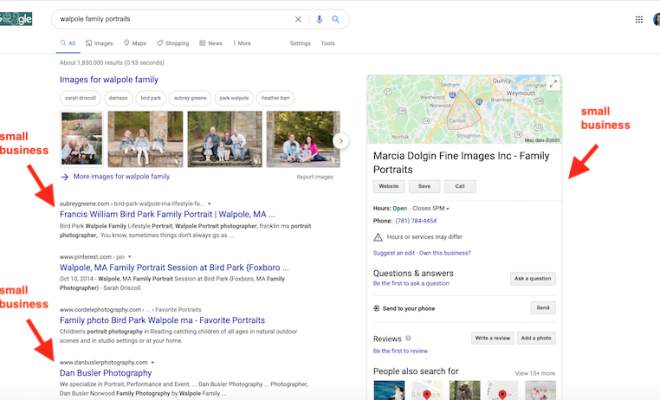4 Ways to Get On the First Page of Google

In today’s digital world, one of the primary goals for any business, professional, or website owner is to rank highly on Google. Landing on the first page of Google search results can significantly boost your web traffic, potential customers, and overall credibility. With constant algorithm updates and increasing competition, it becomes crucial to stay ahead in the search engine optimization (SEO) game. Here are four proven ways to help you claim your spot on Google’s first page.
1. Keyword Research
The first step towards high-quality SEO is thorough keyword research. Identifying and targeting the right keywords can make a significant difference in your rankings. Use keyword research tools such as Google Keyword Planner, Ahrefs’ Keywords Explorer, and SEMrush to discover popular keywords relevant to your niche.
While selecting keywords, consider aspects like search volume, competition level, and user intent. Try incorporating long-tail keywords – these phrases are typically longer and more specific than common search queries, making them less competitive and easier to rank for.
2. On-Page Optimization
Once you have identified the target keywords, you need to optimize your website accordingly. Here are some critical aspects of on-page optimization:
– Include target keywords in title tags, meta descriptions, headers, and URLs.
– Enhance page loading speed through image compression and browser caching.
– Ensure that your website is mobile-friendly by using a responsive design.
– Update your content regularly with valuable information for readers.
– Use internal linking strategies to direct visitors to related pages on your website.
– Create easy-to-read content with proper header formatting.
3. High-Quality Backlinks
Backlinks – links from other websites that point back to yours – are vital factors for improving SEO rankings. High-quality backlinks signal Google that your site holds authority in its niche and offers value to users. To earn backlinks:
– Create informative and share-worthy content, such as in-depth articles, infographics, or videos.
– Reach out to bloggers or influencers in your field for guest posting opportunities.
– Engage with communities relevant to your niche and share valuable insights that encourage backlinks.
– Utilize social media platforms to promote your content, increasing its visibility and chances of receiving backlinks.
4. Tracking and Monitoring
Regular tracking and monitoring of your website’s performance help identify areas that need improvement and measure the success of your actions. Use tools such as Google Analytics, Google Search Console, or premium tools like Ahrefs or Moz Pro. Monitor key metrics such as page load times, organic traffic, click-through rates (CTRs), bounce rates, and backlinks.
Continuously analyze both on-page and off-page factors that influence your current ranking on Google. By staying informed about SEO best practices and Google algorithm updates, you’ll be better equipped to adapt your strategy and secure your position on the first page of search results.
In conclusion, optimizing your website for the first page of Google requires a combination of keyword research, on-page optimization, fostering high-quality backlinks, and continuous monitoring. The process may seem challenging at first but invest time and effort in implementing these practices can significantly enhance your online presence and boost profitability.






